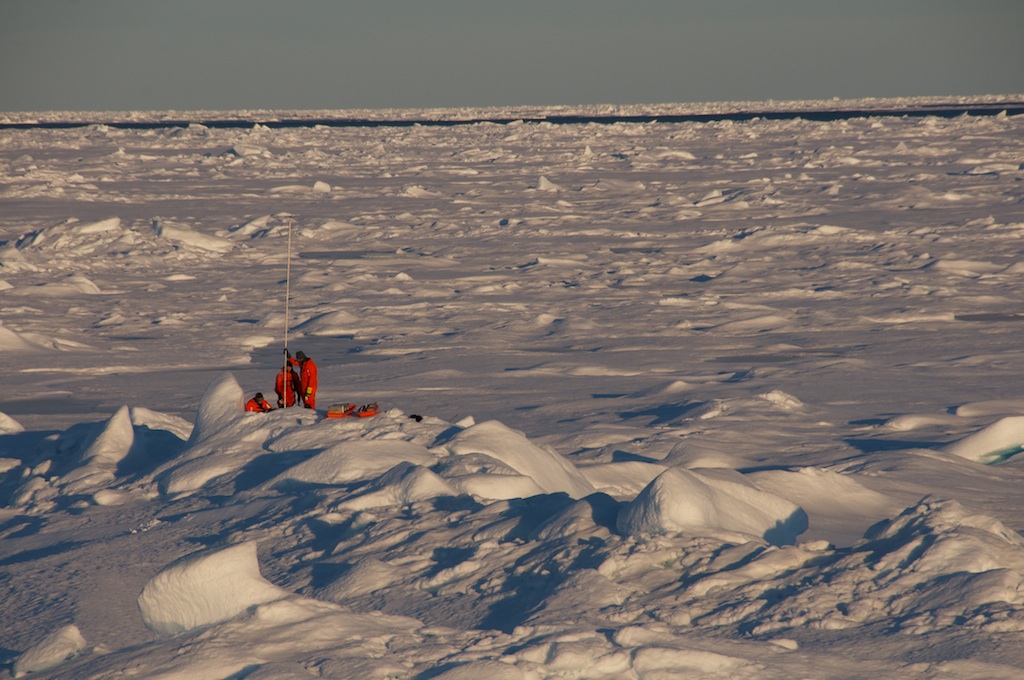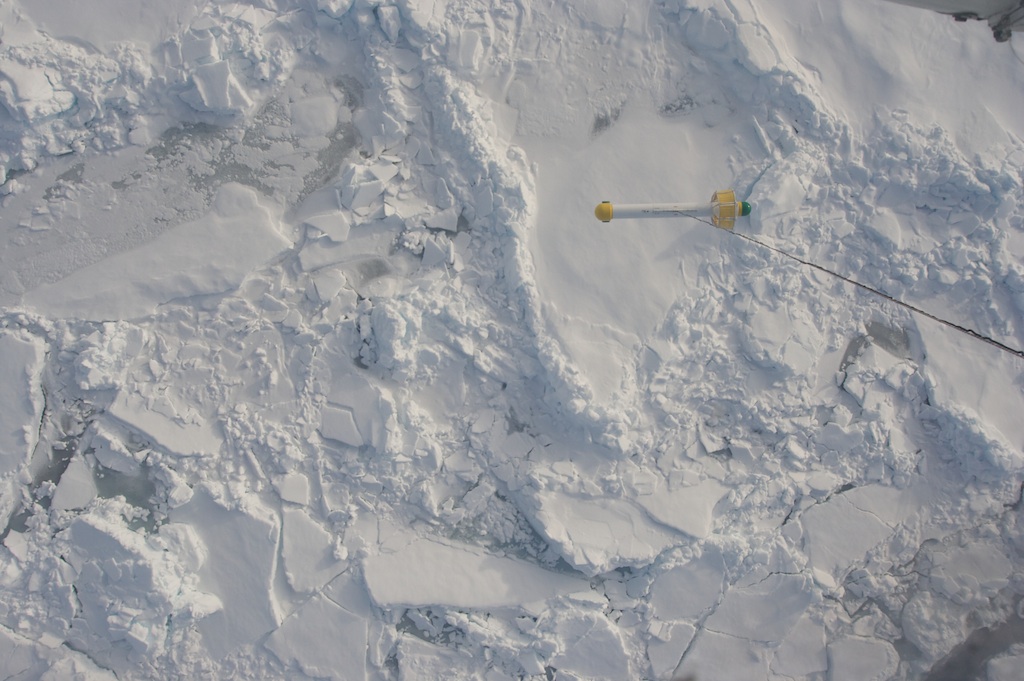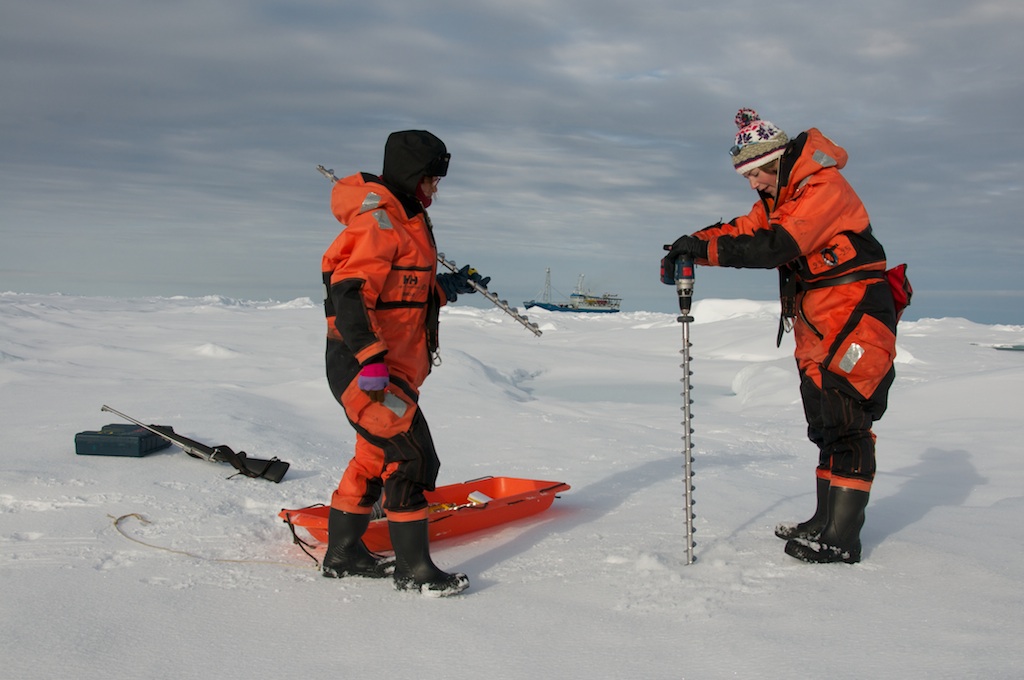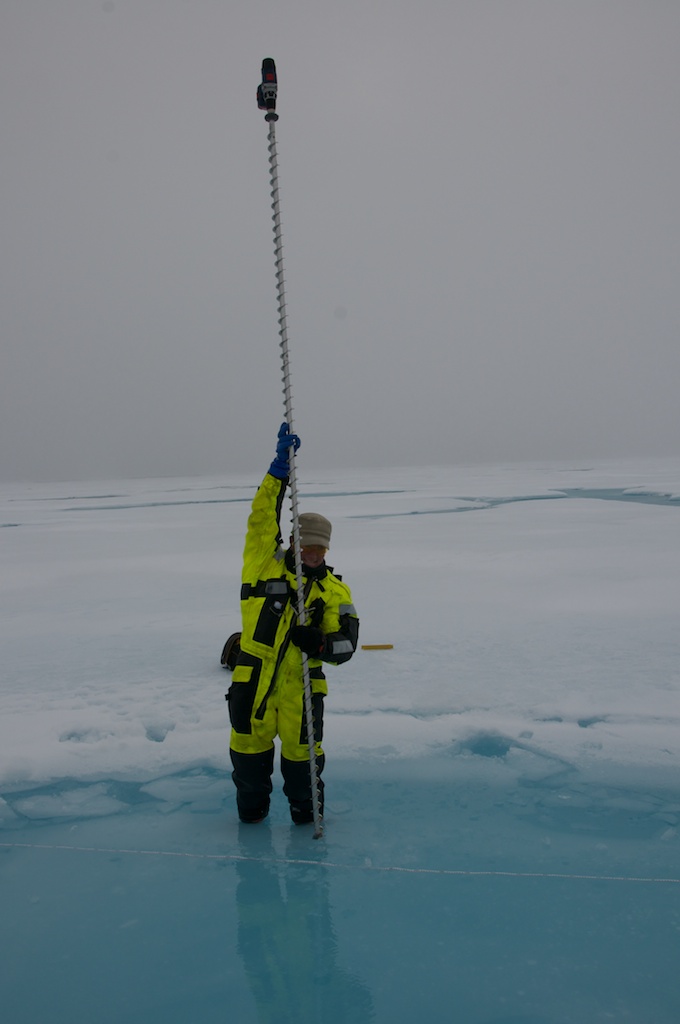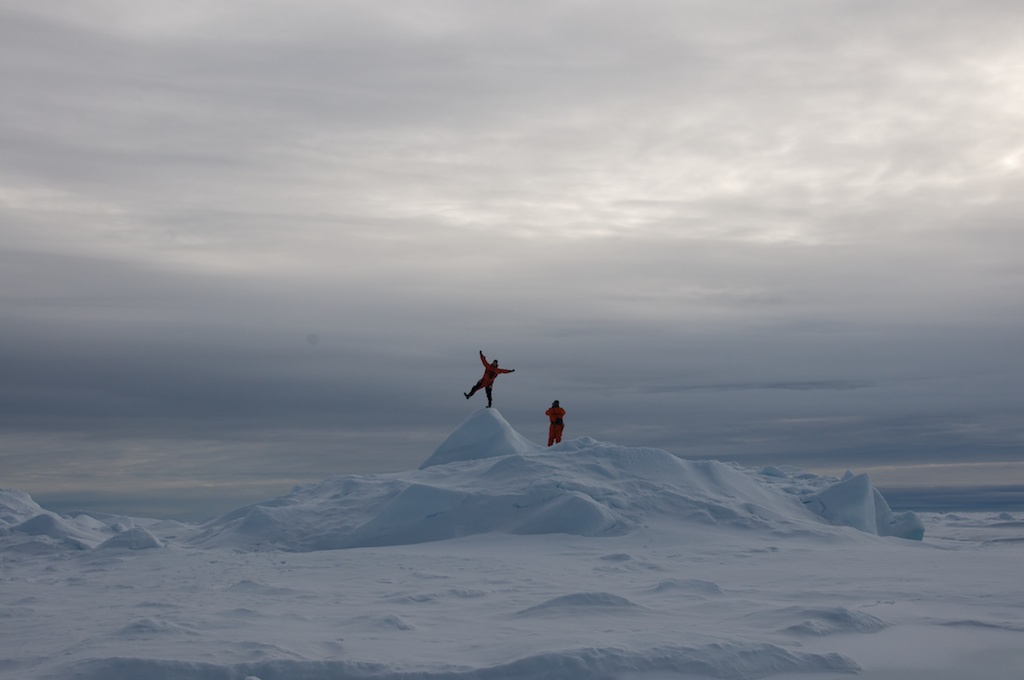So I took the ferry from Kiel to Oslo and obviously had to document (most of) the water I saw :-)
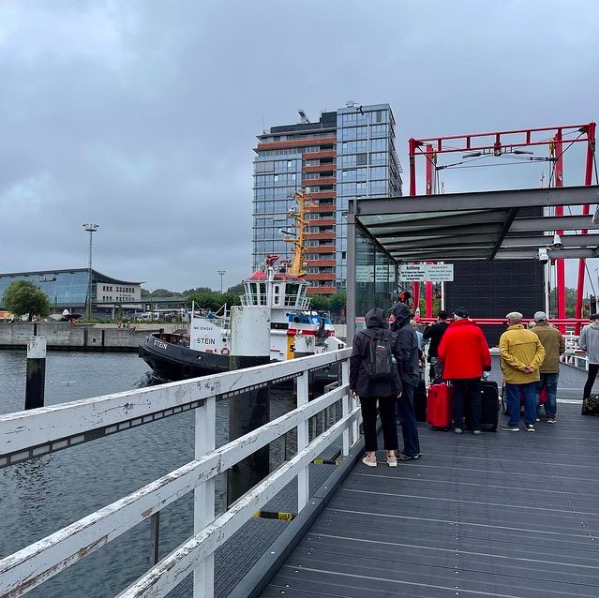
Usually I’m quite fond of folding bridges and of ship watching. This folding bridge and tug, however, are between me and the ferry I want to catch…
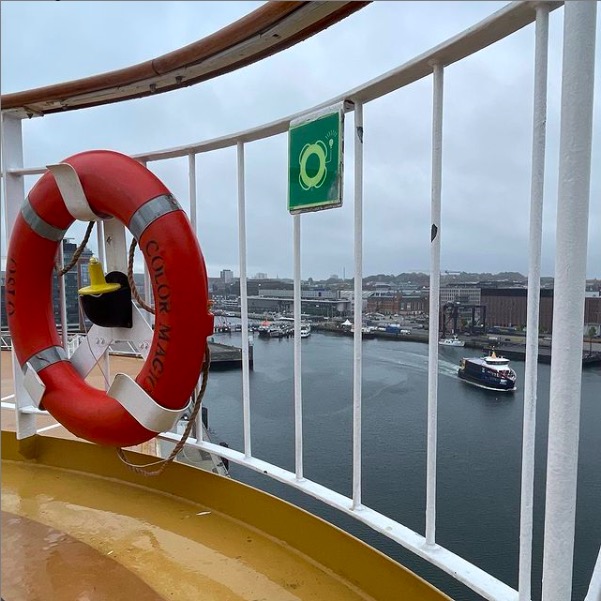
Made it to the best place onboard (well, except on the bridge, possibly…). Phew!
Had a false positive test notification this morning (mind you, not a false positive test, but a poor overworked health person checking the wrong box and me thus getting the wrong text message) and even though that was sorted out within minutes, it was quite an exhausting experience! So now I really appreciate this nice spot on deck, my new rain jacket and my rain pants even more than if it had been uneventful and smooth until now… ;)
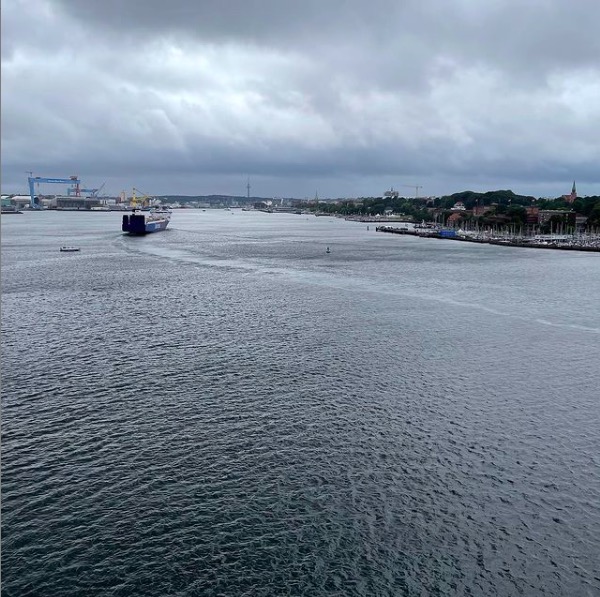
Great spot for wake watching, and the sun is even coming out intermittently!
Bye bye, Kiel, see you soon!
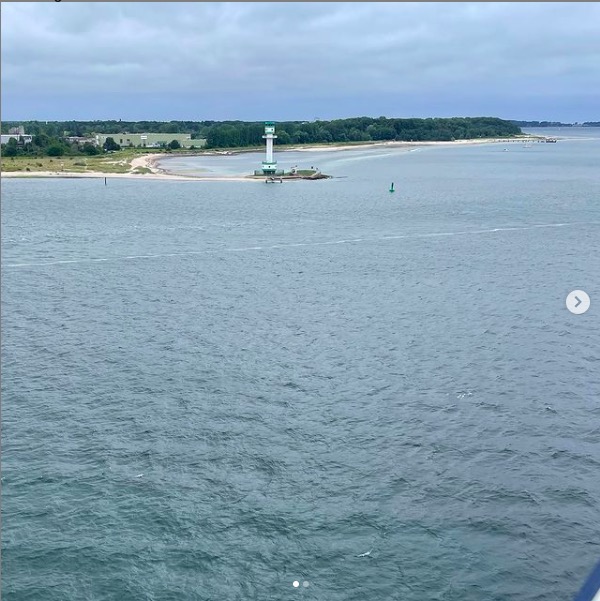
Awesome #WaveWatching going on!
Also: Not a lot of water here today!
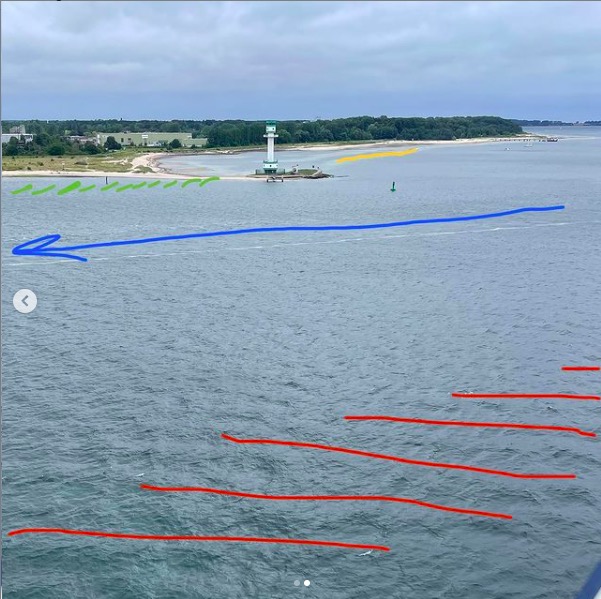
See the turbulent track of another ship (blue), both sides of its V-Shaped wake (red & green) and where the wake breaks on a sand bank.
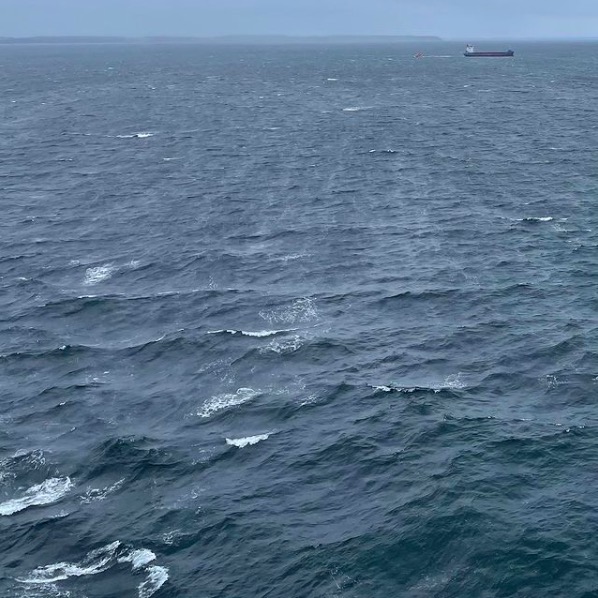
Might be difficult to see, but that’s the pilot boat just turning away from another ship. Yep, getting windy!
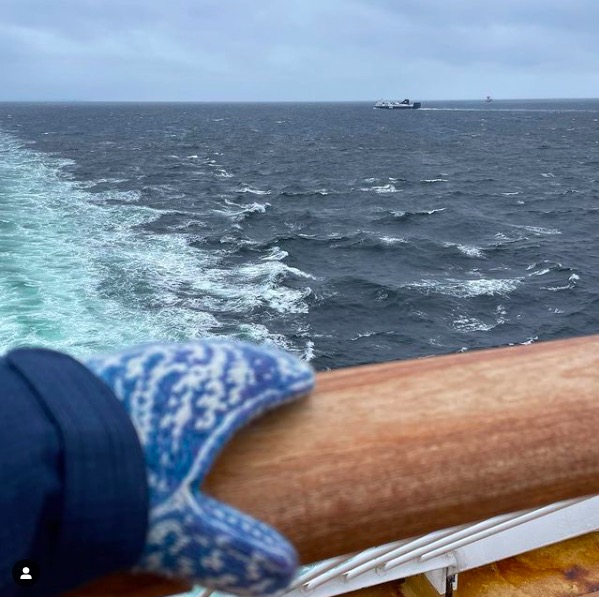
#wavewatching is definitely getting more interesting! And deck pretty much empty by now. Did not think I would be wearing my awesome gloves in August @kjersti.daae but am very glad I packed them on top of my luggage right with the wooly hat & rain pants
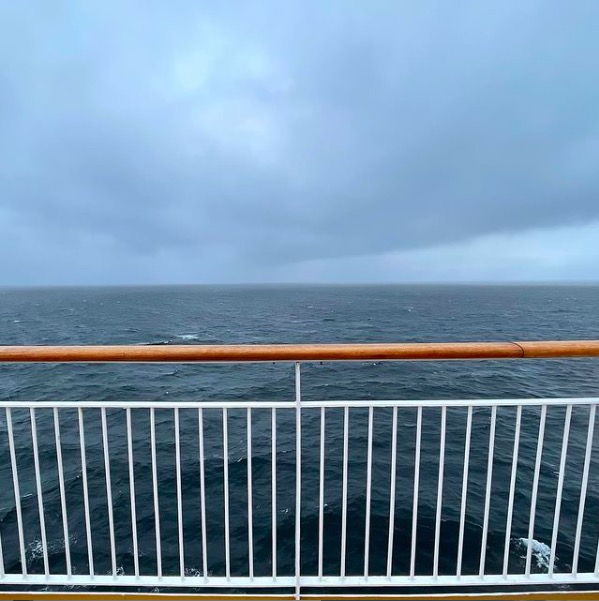
I’m not a #meteorologist but this looks … wet!
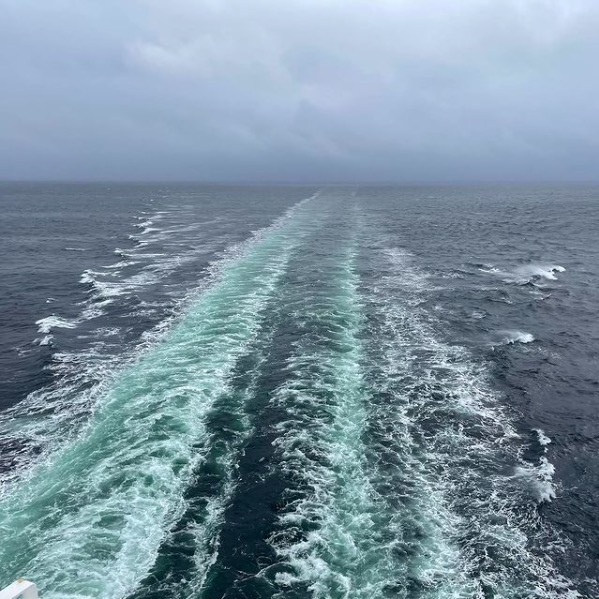
Look at how different the upwind and downwind sides of our wake look! Downwind there is consistent breaking of “the feathers of one side of the V”, upwind only some few break, but then they break somehow more spectacularly.
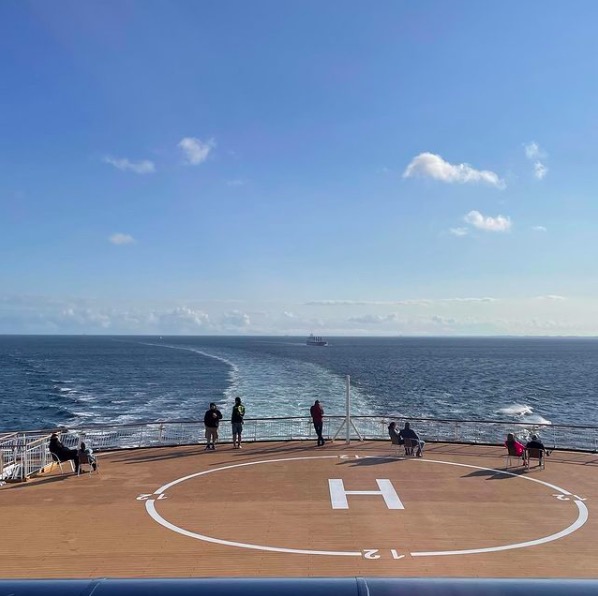
How the mood has changed! But note the difference between the upwind and downwind side of the wake!
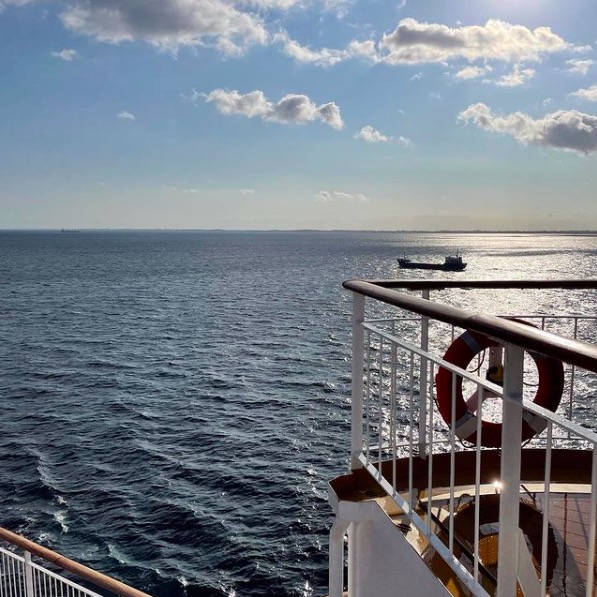
Got some sun yesterday afternoon after all!
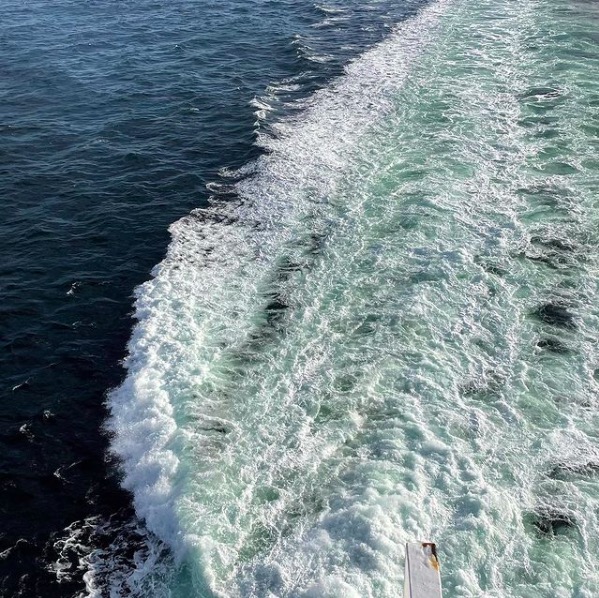
could stare into the turbulence of the ship’s propellers forever without getting bored!
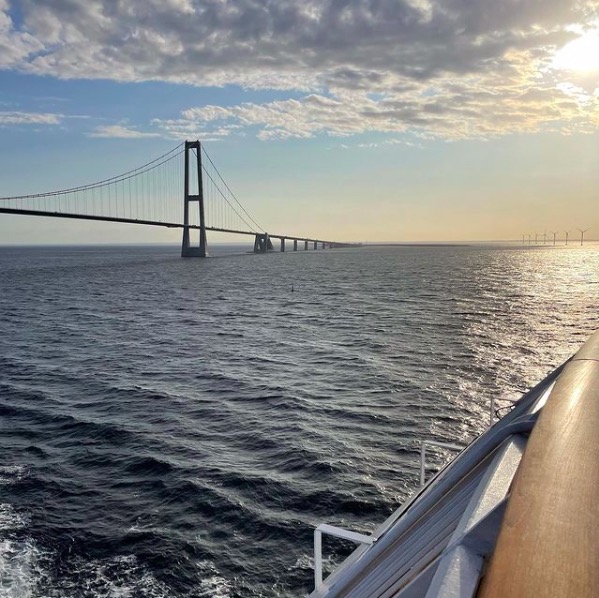
Great belt bridge
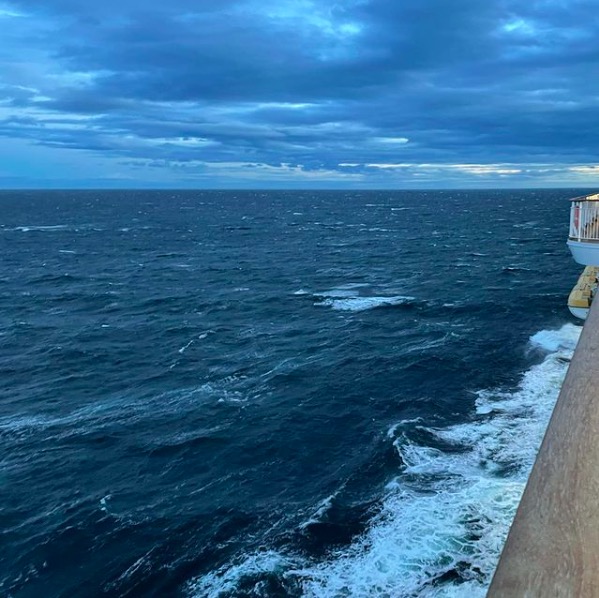
Windy morning! Love this kind of #wavewatching (only slightly scared my phone will be blown out of my hands…)
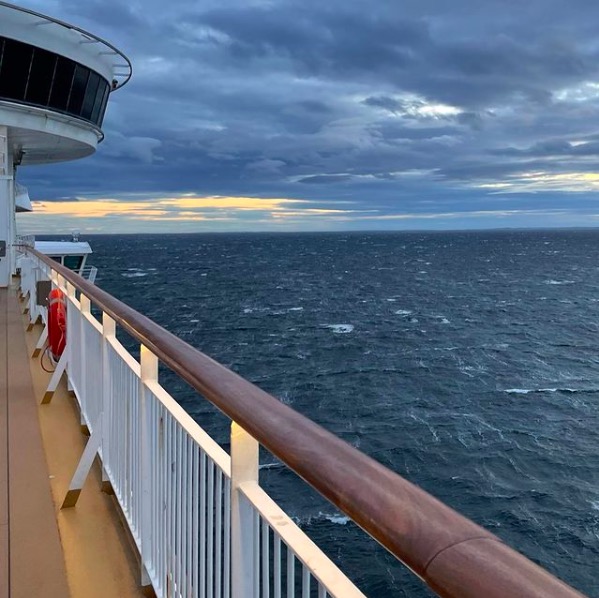
That’s some nice waves! :)
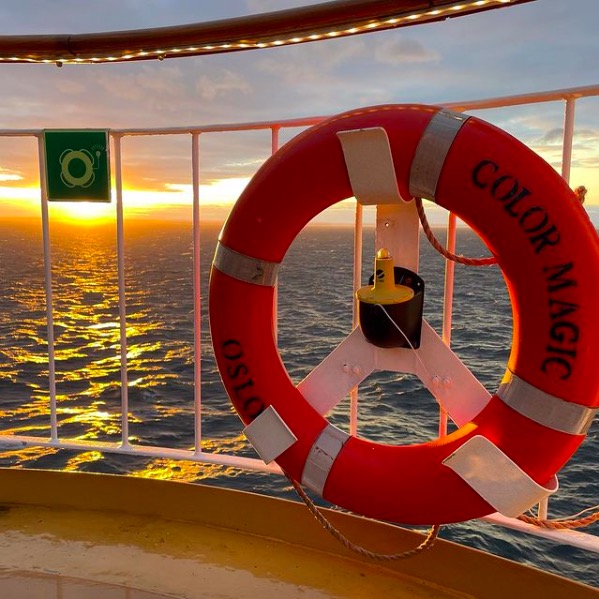
Birthday weather (not mine :))
Always worth getting up for the sunrise…
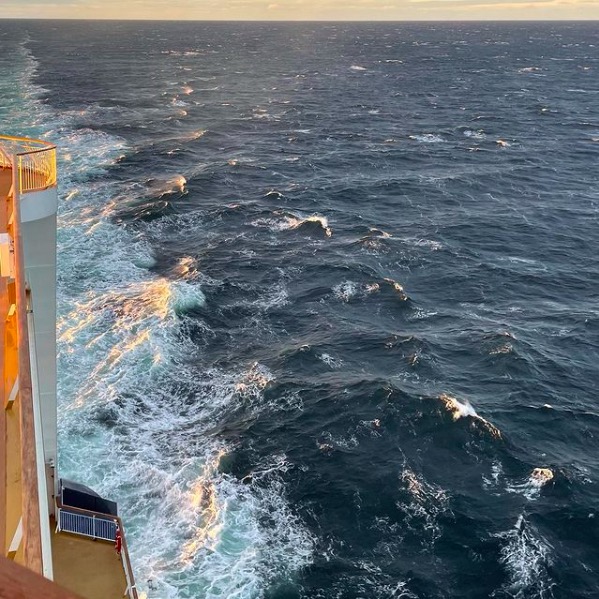
How awesome are waves in the sun? Worth risking my phone for these kinds of pictures! (Yep, I should get some kind of case & strap…)
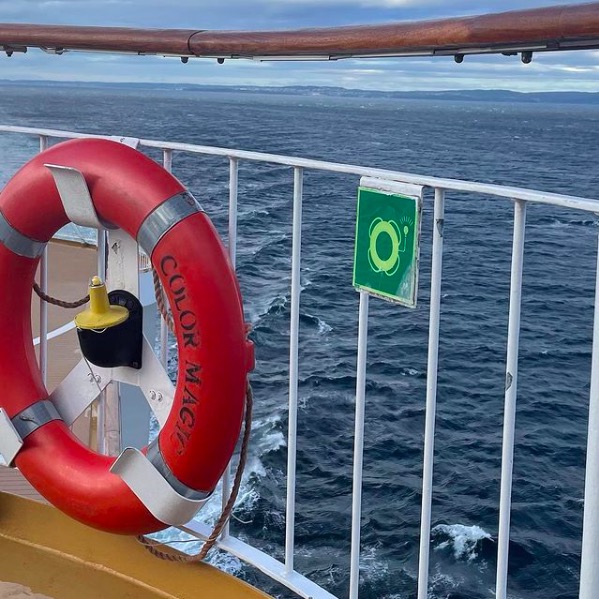
Sorry, couldn’t vacate my breakfast spot for a better angle, but look at that pretty wake! Those wavelets don’t cease to amaze me. Maybe I should get a seagoing job?
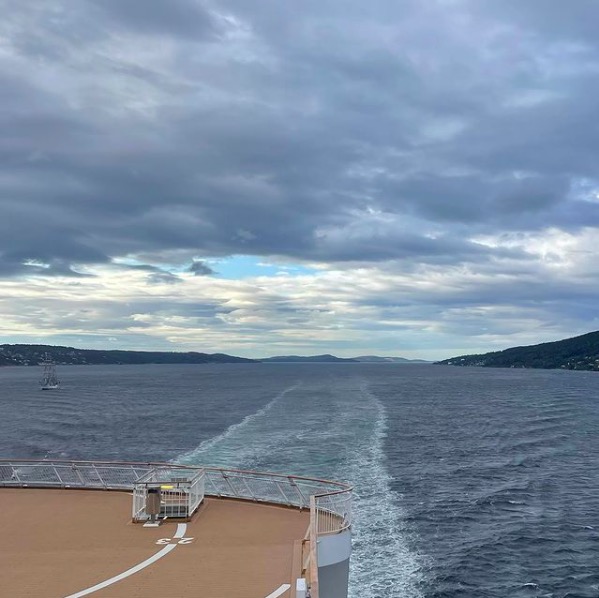
Wake watching in Oslofjord
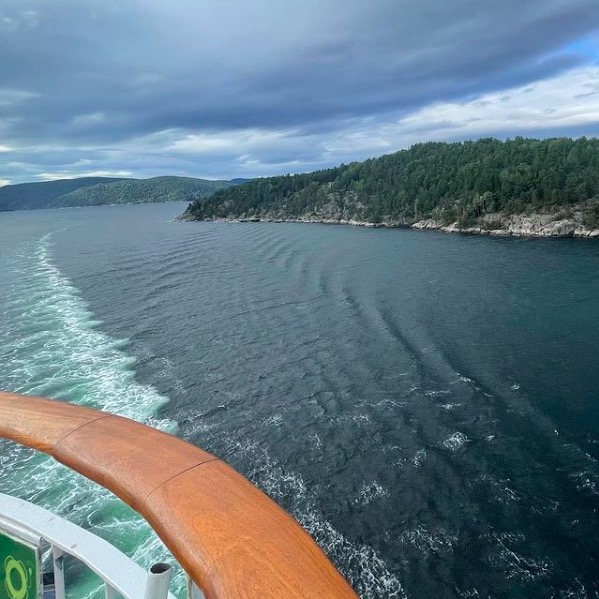
One last Oslo fjord pic (beautiful wake!!) before we had to go back to our cabins for a very well-organized exit!
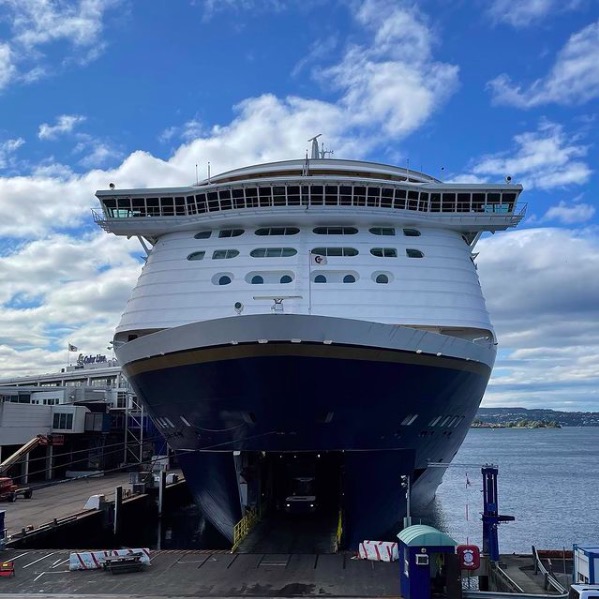
What I never noticed before today? That when the hatch to the car decks is opened, they split the bow — down to the bulbous bow — in half and move it away to the sides. Sadly I didn’t get a picture from the side where it’s nicely visible, didn’t have a free hand…
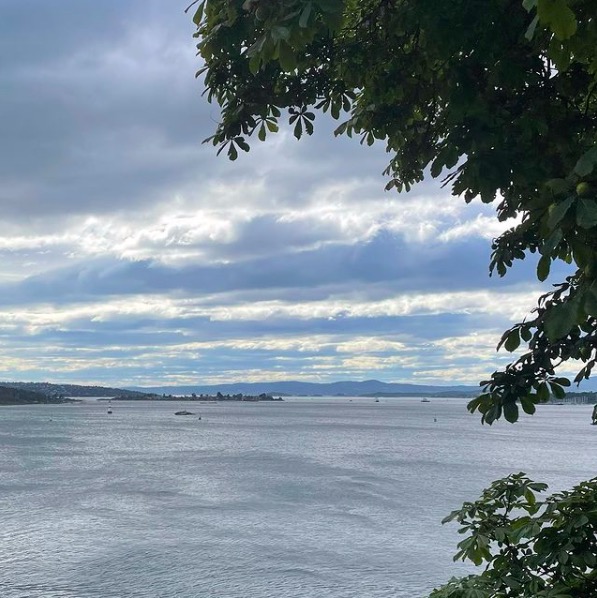
Still windy! See the gusts of wind move over the surface? (Well, I guess they don’t move in the picture, but you know what I mean…)
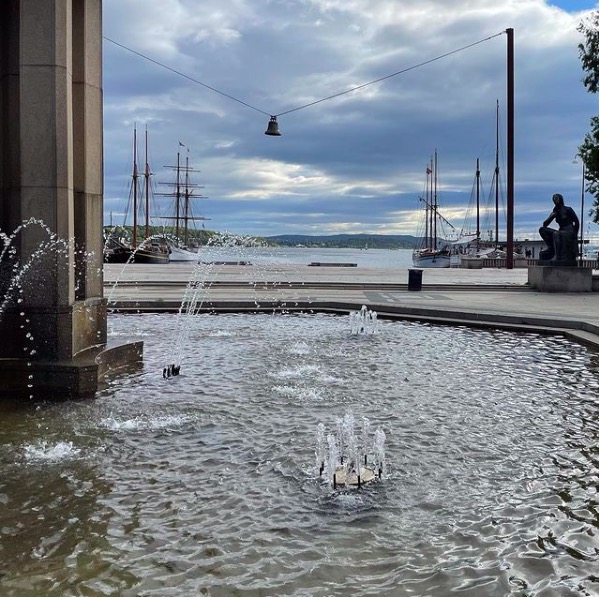
Fountain with a view
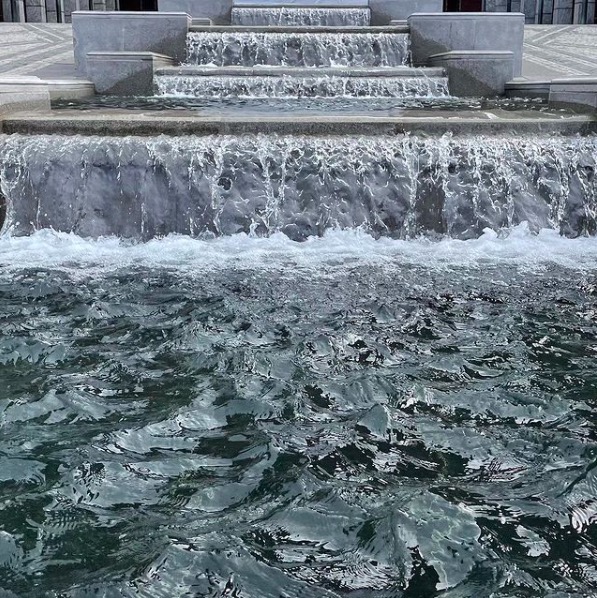
Now that’s my kind of water feature! Mesmerizing!

Don’t know why sculptures so often involve naked people, but this is one instance where I think it actually works
And now I’m exhausted. Let’s see how much water I’m going to see tomorrow! :)
